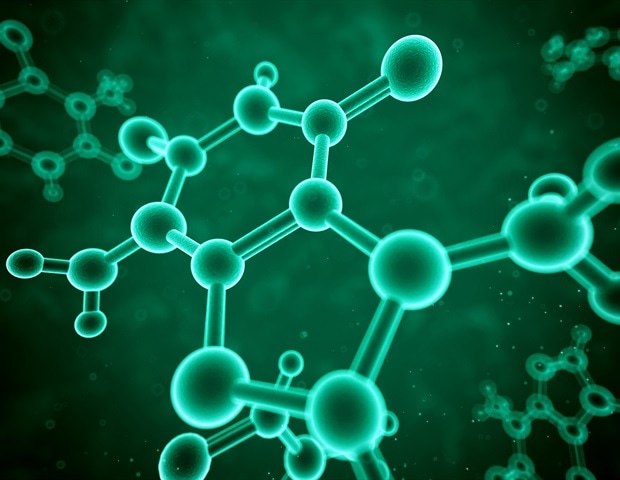Researchers from the National University of Singapore (NUS), in collaboration with Peking University, China, have made a discovery regarding the TRPV1 (transient receptor potential vanilloid 1) ion channel and its role in pain perception. The study reveals how solvent molecules can modulate pain signals, offering a potential pathway for a safer, non-addictive pain management approach.
Pain management is a critical aspect of healthcare, directly impacting quality of life and overall well-being. The TRPV1 ion channel, essential for pain sensing, undergoes pore expansion when activated, allowing ions and larger molecules to pass through. However, the ability of water molecules to permeate the TRPV1 channel has remained uncertain.
To address this, the research team led by Professor Liu Xiaogang from the NUS Department of Chemistry developed an upconversion nanoprobe capable of distinguishing between ordinary water (H₂O) and deuterated water (D₂O). This advanced technology enabled real-time tracking of water dynamics at both the single-cell and single-molecule levels. The study showed that when D₂O passed through the TRPV1 channel, it suppressed pain signal transmission and achieved effective analgesia. This research was conducted in collaboration with Professor Chao CHANG from Peking University and National Innovation Institute of Defense Technology, China, and also with Assistant Professor Bilin ZHUANG when she was with Yale-NUS College.
The findings were published in the journal Nature Biomedical Engineering on 21 November 2024.
Administering D₂O to pre-clinical models, the team successfully reduced both acute and chronic inflammatory pain transmission without affecting other neurological responses. This solvent-mediated analgesia mechanism provides an effective, biocompatible, and non-addictive alternative to traditional pain medications, circumventing issues related to drug dependency and tolerance.
This discovery not only expands the scientific understanding of TRPV1 functionality but also opens new avenues for pain management. The research team aims to further explore the effects of D₂O on other ion channels, potentially applying this mechanism to treat neurological conditions and other medical challenges.”
Professor Liu Xiaogang from the NUS Department of Chemistry
“The solvent-mediated analgesia mechanism represents an innovative breakthrough in pain relief, potentially driving the development of safer, non-addictive pain therapies for clinical use,” added Prof. Liu.
Liu, Y., et al. (2024). Solvent-mediated analgesia via the suppression of water permeation through TRPV1 ion channels. Nature Biomedical Engineering. doi.org/10.1038/s41551-024-01288-2.
Source link : News-Medica

